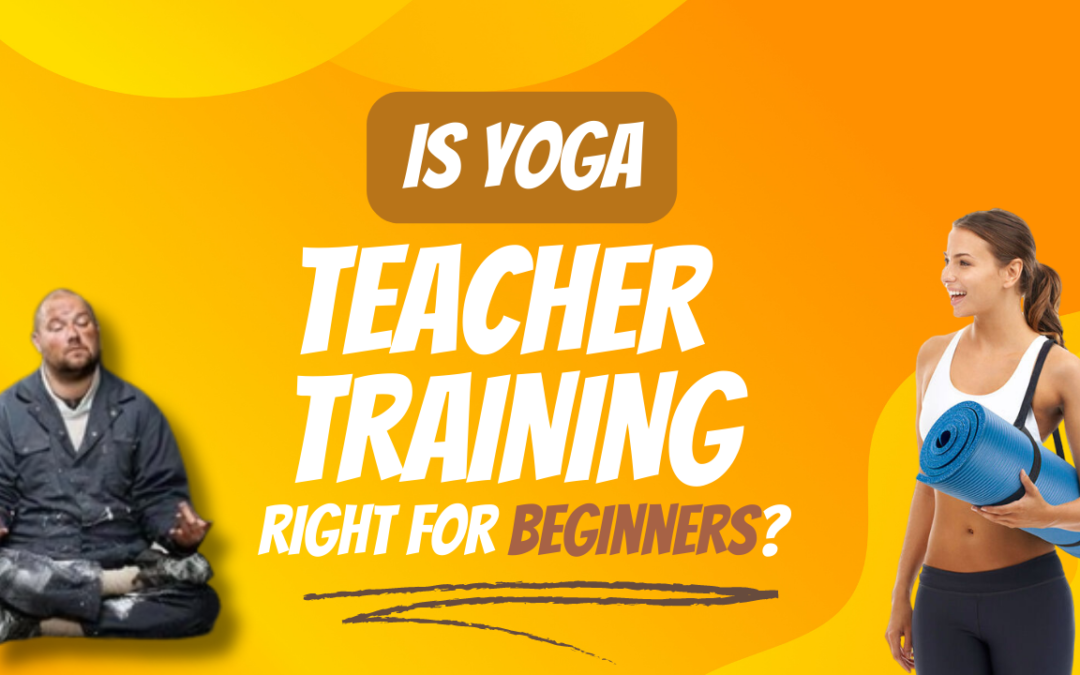
by admin | Aug 21, 2023 | yoga teacher training course
Yoga Teacher Training: A Journey for Everyone Are you new to the world of yoga and wondering if you’re ready for a Yoga Teacher Training course? It’s natural to have questions, and we’re here to provide you with some valuable insights to help you...
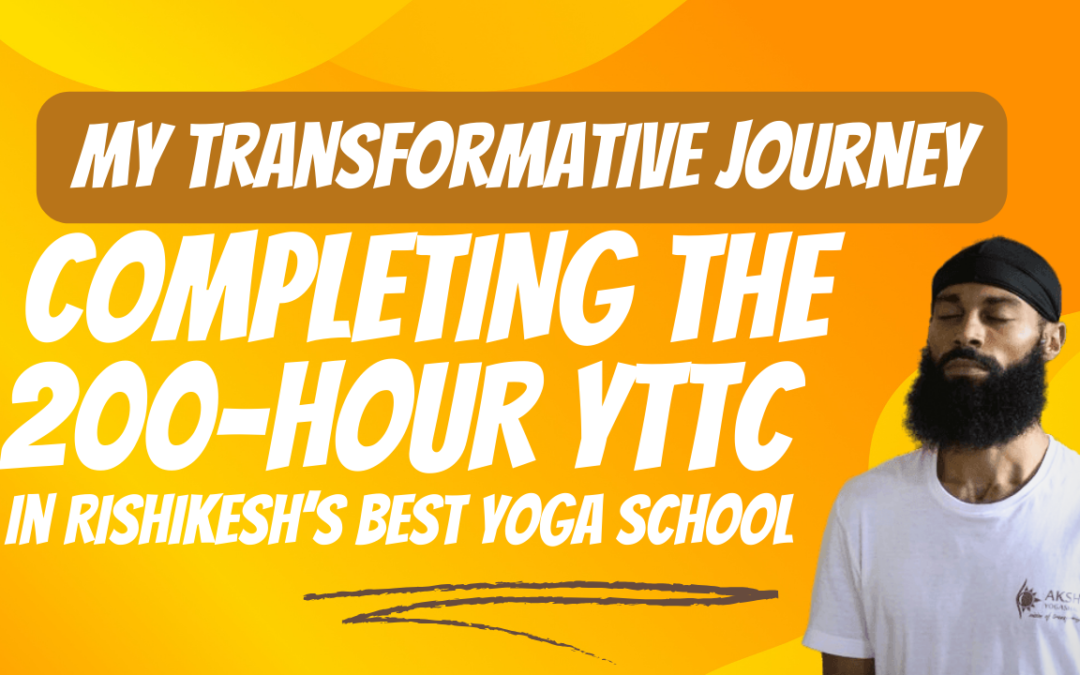
by admin | Jan 26, 2020 | Blog
My journey into Yoga and way to my 200 hours Yoga TTC I was first introduced to yoga during physical therapy for a dislocated ankle and fractured fibula I suffered playing college football. From that point forward, I began supplementing my strength and conditioning...
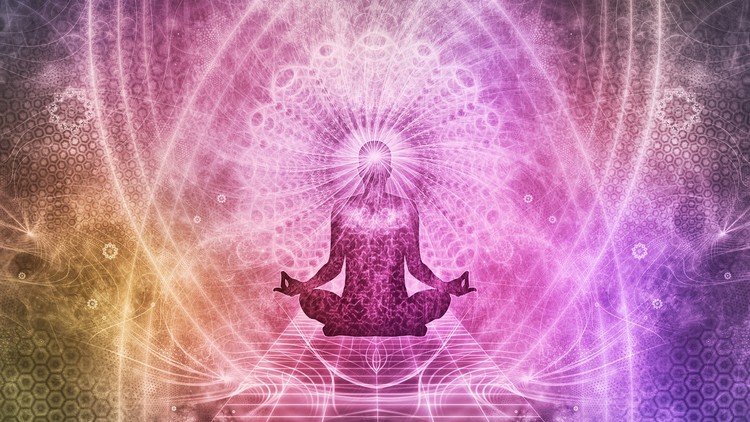
by admin | May 4, 2019 | Blog
Essence of yoga The history of Yoga dates back to time immemorial, and includes a huge body of scriptures. That scriptures navigate the human experience and how we may train the mind through the body, thereby achieving the union of “Yog” with the all that is. So what...
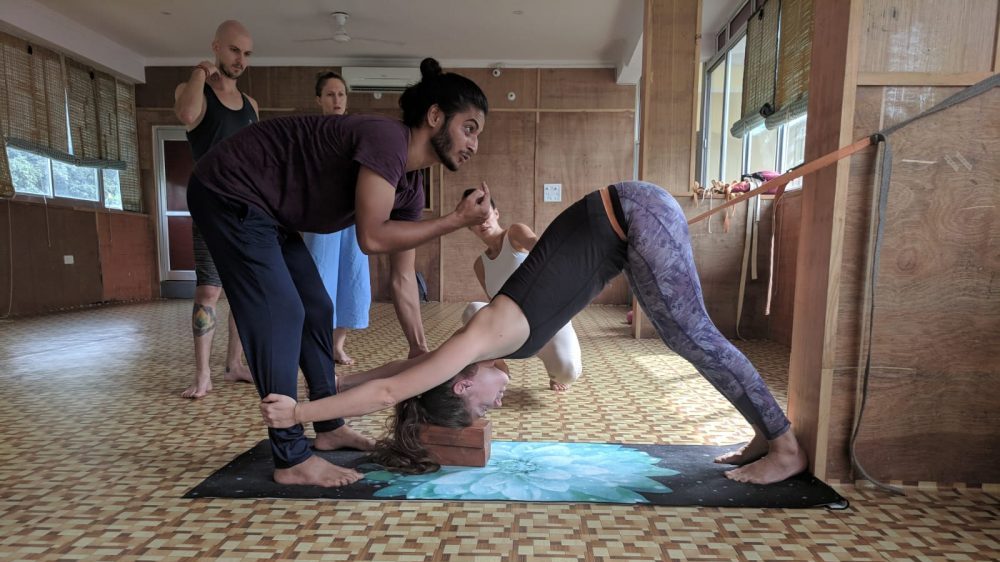
by admin | Dec 16, 2018 | Blog, yoga teacher training course
So, you want to do your yoga teacher training and curious how to choose best yoga teacher training course for you? That is awesome! In my opinion, doing a yoga teacher training program, even if you never intend to teach a day in your life, is one of the most amazing,...
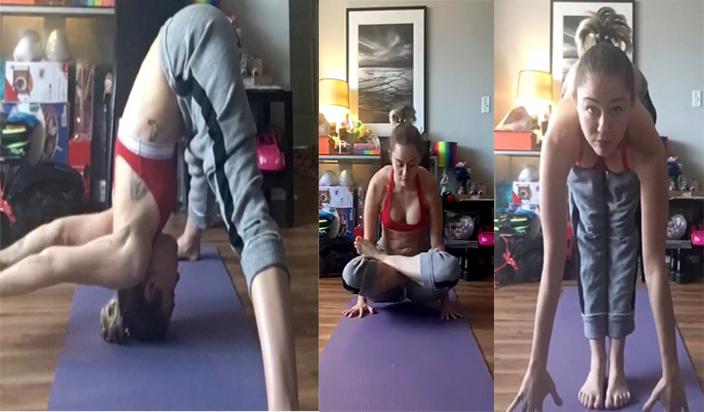
by admin | Dec 16, 2018 | Uncategorized
Miley Cyrus is not just a pop star, but also a dedicated yoga practitioner. She regularly practices Ashtanga Yoga, a physically demanding yoga style that helps with core strength. Through practice and dedication, her strength and flexibility have impressively...






